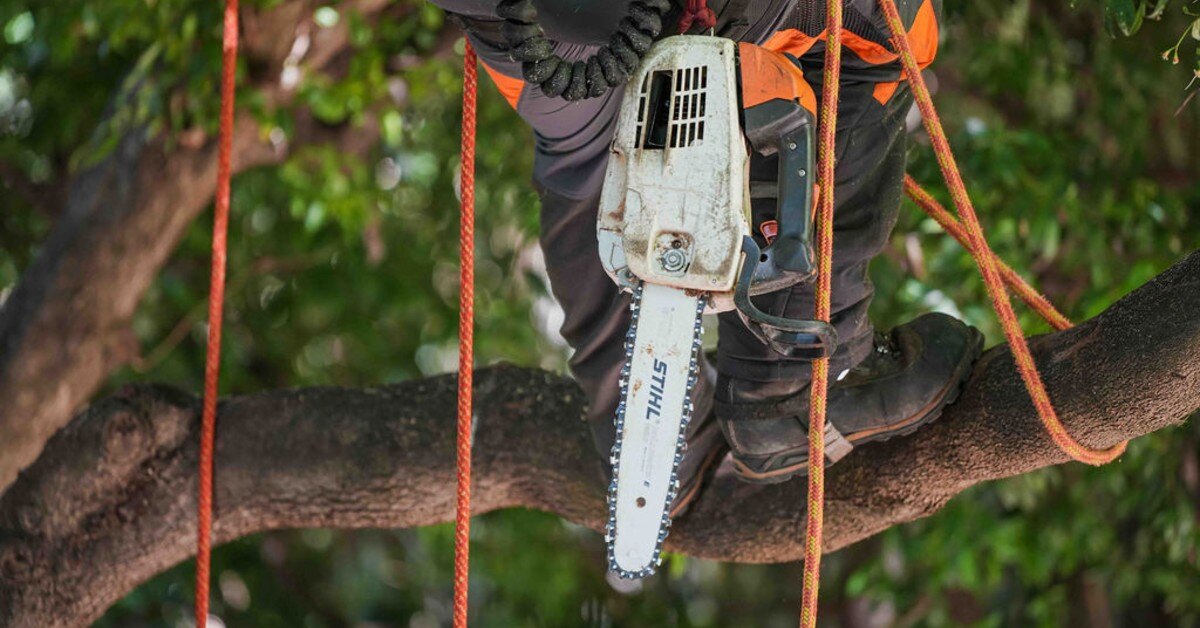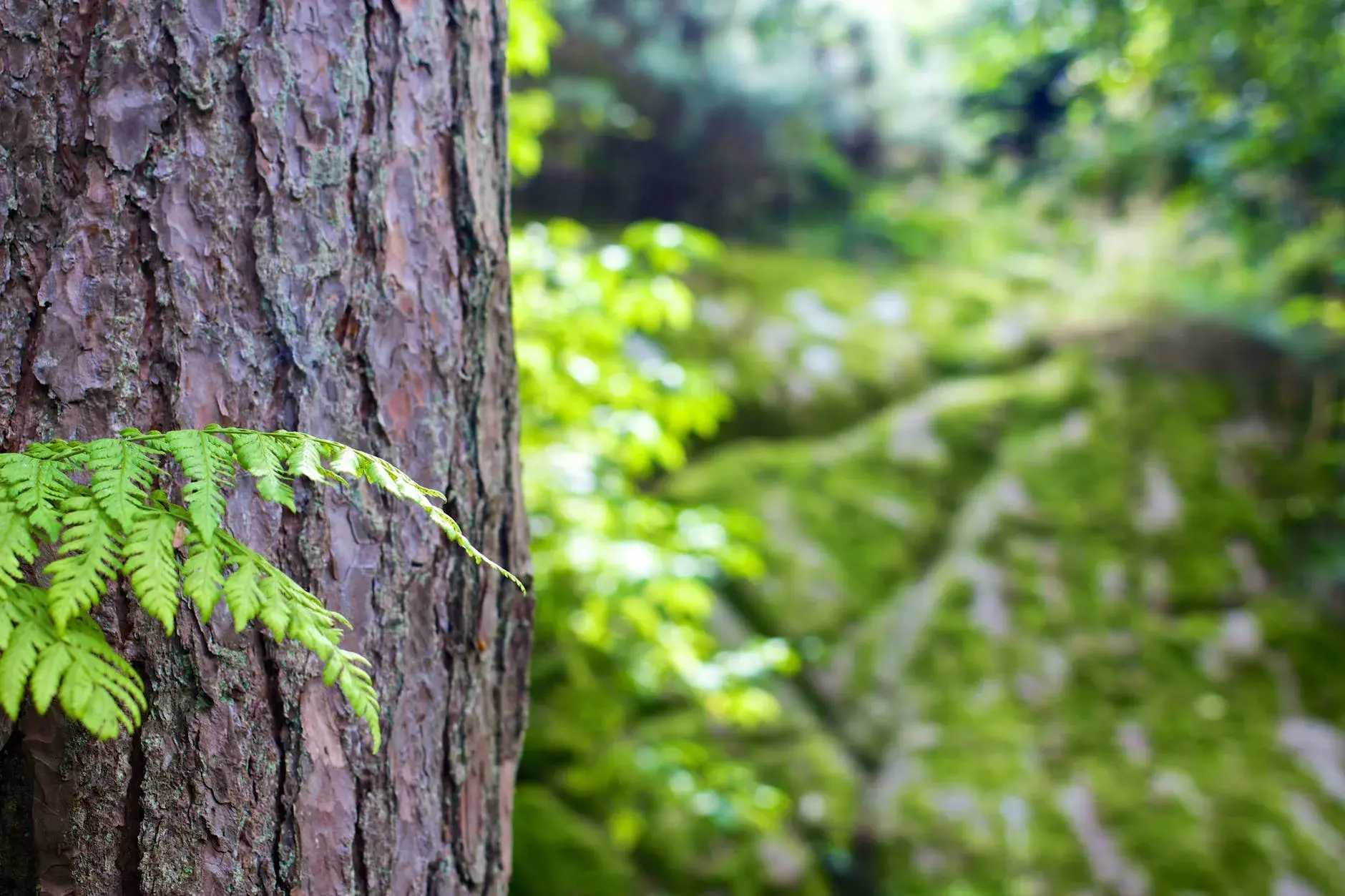A consultant arborist is a professional who advises on tree care. Consulting arborists are qualified and insured to provide advice on trees, tree care, and tree-related building.
A professional consulting arborist should be able to assist in tree decision-making by offering many options other than "remove or retain." Tree and urban forest management has progressed significantly in recent years. Whether you're a homeowner, developer, infrastructure company, council, or other authority, you may negotiate a solution that achieves your goals while also conserving trees and their advantages.
What credentials should a consultant arborist possess?
Arboricultural consultants' qualifications may differ as the industry continues to grow. An AQF Level 5 (Diploma level) qualification in arboriculture is recognised by councils, industry groups, and employers as the standard qualification. This is considered the minimal requirement for providing consultant-level services. Arborists with higher degrees (such as AQF8 arborists with a Graduate Diploma) should preferably have an AQF5, as it covers the extensive botanical, horticultural, soil, tree structure, and morphology material necessary for evaluations. Consulting arboriculture is an applied science, requiring practitioners to apply their knowledge to real-world settings to improve conditions for people and trees.
What is the difference between a consultant and a practising or contracting arborist?
In Australia, there is substantial work for consulting arborists. Professionals offer guidance independent of any tree removal or trimming activity. This enables tree management decisions to be balanced against the broader context of the urban forest. Independent consultants assess specific situations and explore feasible alternatives before making a decision without any bias toward tree work.
What can a consulting arborist do to assist you?
If you're still reading, you likely have a specific tree issue in mind or are familiar with the industry's complexities. Tree issues can involve local and state standards, council requirements, neighbours, development (past, present, and future), legal, and planning difficulties. Multiple stakeholders with diverse and sometimes conflicting priorities may be involved.



